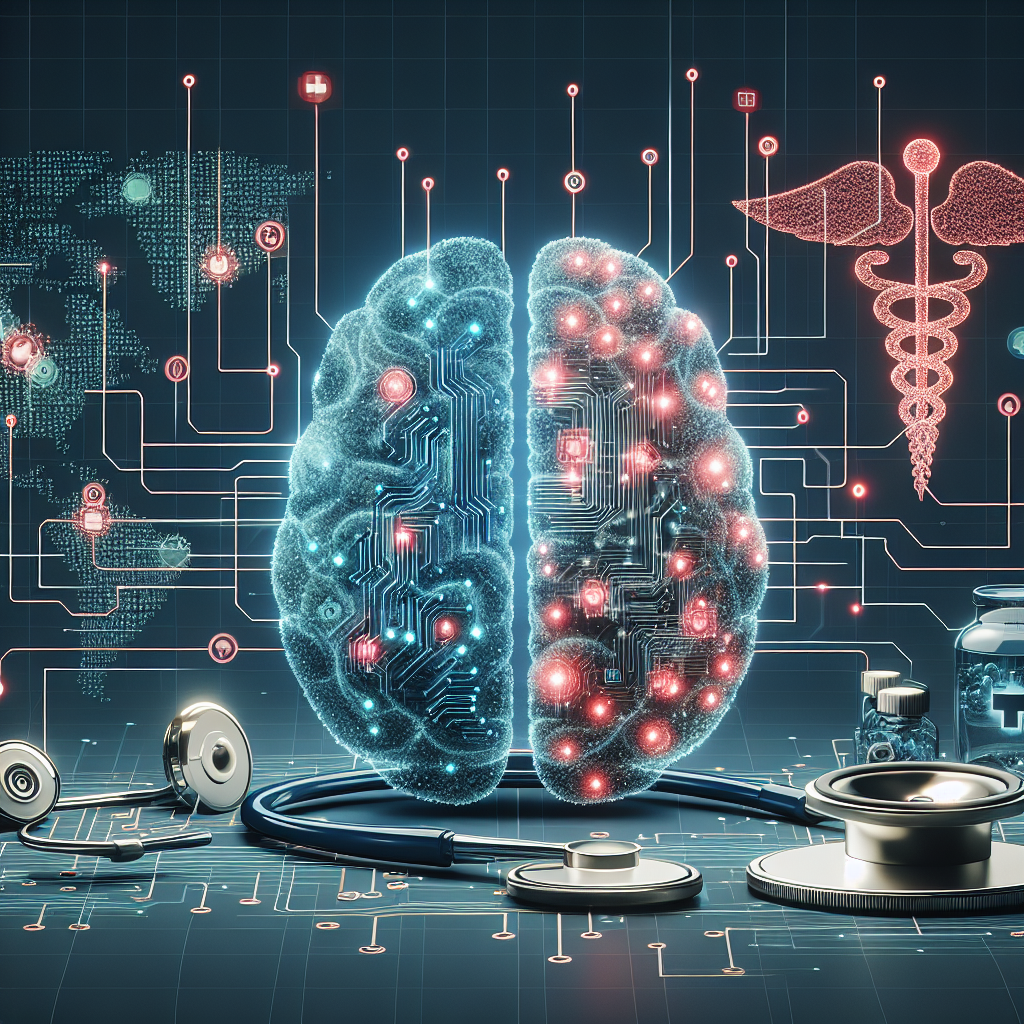Artificial intelligence (AI) has shown great promise in revolutionizing various industries, including healthcare. In the field of public health, AI has the potential to greatly improve disease surveillance, early detection, and response to outbreaks. However, with the benefits of AI come risks that need to be carefully considered and addressed. In this article, we will explore the risks of AI in public health, specifically focusing on its impacts on disease surveillance.
One of the main risks associated with the use of AI in disease surveillance is the potential for bias in data collection and analysis. AI algorithms are only as good as the data they are trained on, and if the data used is biased or incomplete, the results produced by the AI system may also be biased. This is particularly problematic in public health, where accurate and unbiased data is crucial for effective disease surveillance.
Another risk of AI in disease surveillance is the potential for privacy violations. As AI systems collect and analyze vast amounts of data, there is a risk that individuals’ personal information may be compromised. This could lead to breaches of confidentiality and trust, which are essential in public health surveillance efforts.
Additionally, there is a risk of over-reliance on AI systems in disease surveillance. While AI can greatly streamline and improve the process of analyzing large amounts of data, there is still a need for human oversight and intervention. Relying too heavily on AI systems without proper validation and verification can lead to errors and missed opportunities for early detection of disease outbreaks.
Furthermore, there is a risk of AI exacerbating existing health disparities. AI systems may be trained on data that is not representative of all populations, leading to disparities in disease surveillance and response efforts. This could result in certain communities being under-served or overlooked in public health interventions.
Despite these risks, there are steps that can be taken to mitigate them and ensure that AI is used responsibly in public health surveillance. One approach is to ensure that AI systems are trained on diverse and representative datasets to minimize bias. Additionally, transparency and accountability are essential in the development and deployment of AI systems in public health, to ensure that decisions are made ethically and in the best interest of public health.
In conclusion, while AI has the potential to greatly improve disease surveillance in public health, there are risks that need to be carefully considered and addressed. By being mindful of bias in data collection and analysis, protecting privacy, avoiding over-reliance on AI systems, and addressing health disparities, we can harness the power of AI for the benefit of public health.
FAQs:
Q: What are some examples of AI applications in public health surveillance?
A: Some examples of AI applications in public health surveillance include predictive modeling for disease outbreaks, image recognition for diagnostic purposes, and natural language processing for analyzing social media data for early detection of disease trends.
Q: How can bias in AI systems be mitigated in public health surveillance?
A: Bias in AI systems can be mitigated by ensuring that the data used to train these systems is diverse and representative of all populations. Additionally, regular validation and verification of AI systems can help identify and correct biases that may arise.
Q: What role do ethics play in the use of AI in public health surveillance?
A: Ethics play a crucial role in the use of AI in public health surveillance, as decisions made by AI systems can have significant impacts on individuals and communities. Ensuring transparency, accountability, and fairness in the development and deployment of AI systems is essential to uphold ethical standards in public health surveillance.

